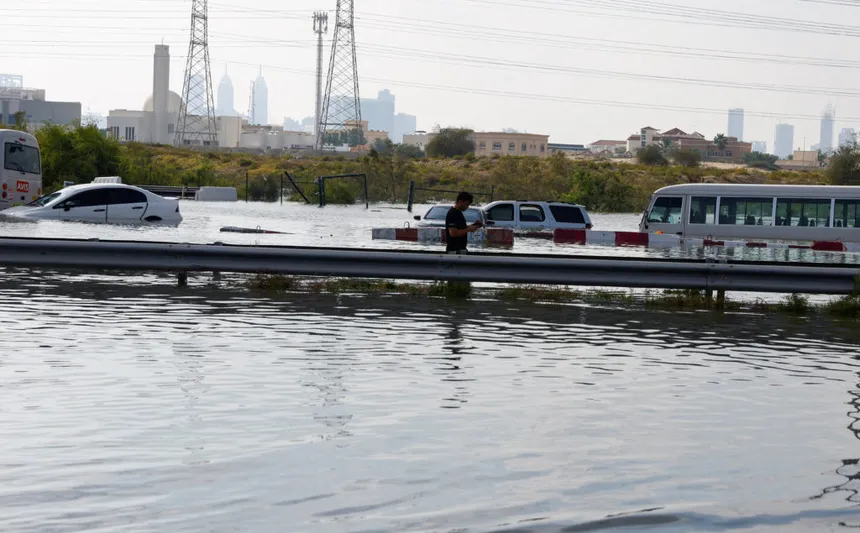A record-breaking storm brought the largest amount of rainfall to the United Arab Emirates in over 75 years, causing widespread flooding and disruption. The unusual weather event has left many wondering about the role of cloud seeding, a weather-modification strategy that involves intentionally seeding clouds with substances to stimulate rainfall. However, experts are quick to debunk the suggestion that cloud seeding caused the heavy rain, citing the fact that there were no cloud-seeding operations during the storm.
The UAE, like many other countries, has a cloud-seeding program aimed at increasing precipitation in areas with drought concerns. The process involves adding substances such as silver iodide or salt to clouds to enhance the formation of precipitation. The UAE’s National Center of Meteorology and Climate Change (NCM) uses natural salts and no harmful chemicals in its cloud-seeding operations.
While some speculate about the potential link between cloud seeding and extreme weather events, experts argue that cloud seeding is not capable of creating severe thunderstorms like the one that hit the UAE. Instead, they point to the role of climate change in exacerbating normal weather systems, leading to more intense rainfall.

The UAE’s severe flood event highlights the urgent need for understanding the causes of extreme weather events and the role of climate change. Climate scientists say that rising global temperatures are leading to more frequent and intense weather events around the world, including heavy rainfall. In areas where cloud seeding is used, it is viewed as a tool to enhance natural precipitation, but it cannot produce more water during times of drought.
As the world grapples with the challenges of climate change, it is essential to address the misconceptions surrounding cloud seeding and to focus on the real causes of extreme weather events. By acknowledging the role of climate change and developing effective strategies to mitigate its impacts, we can work towards a more sustainable future.

